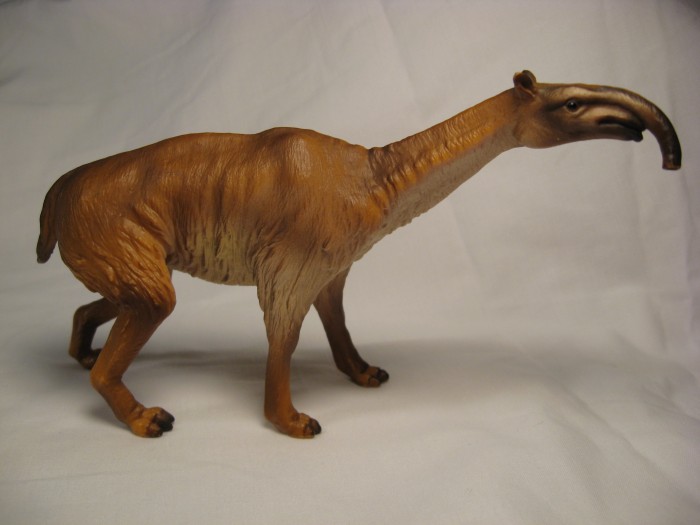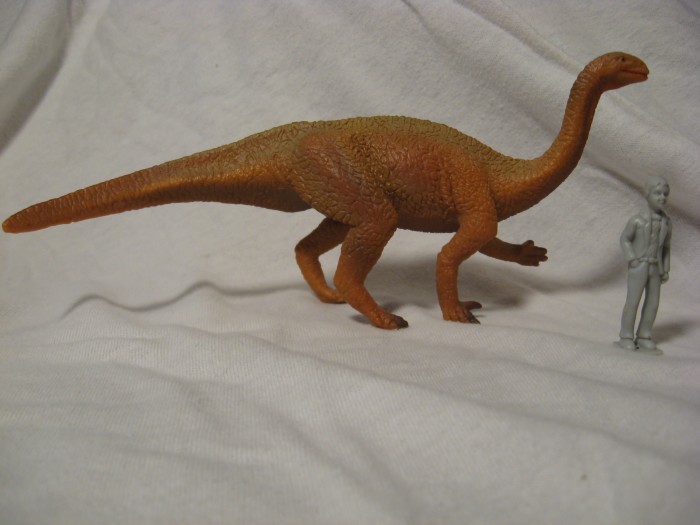Review: Kaprosuchus (Wild Safari by Safari Ltd.)

4.7 (22 votes)
Recently described in 2009, Kaprosuchus is one of the latest additions to the extensive and continuously growing roster of known toothy prehistoric devilry. And that means nothing but good things for us paleo toy fans! With a name which aptly translates to “boar crocodile” (for obvious reasons), the 20 foot Kaprosuchus was an interesting terrestrial crocodyliform from Cretaceous Africa.

 My name is Adam Frugé. I go by itstwentybelow on the forums. I have been fascinated by paleontology since I was three years old and have visited numerous fossil sites across North America, including Dinosaur Provincial Park in Alberta, Canada and Dinosaur National Monument in Utah, USA. I have displayed part of my collection in a state fair. In addition to dinosaur figures I also collect fossils. I currently live in Pullman, Washington where I am studying Anthropology at Washington State University, with special interest in human evolution and archaeology.
My name is Adam Frugé. I go by itstwentybelow on the forums. I have been fascinated by paleontology since I was three years old and have visited numerous fossil sites across North America, including Dinosaur Provincial Park in Alberta, Canada and Dinosaur National Monument in Utah, USA. I have displayed part of my collection in a state fair. In addition to dinosaur figures I also collect fossils. I currently live in Pullman, Washington where I am studying Anthropology at Washington State University, with special interest in human evolution and archaeology.












